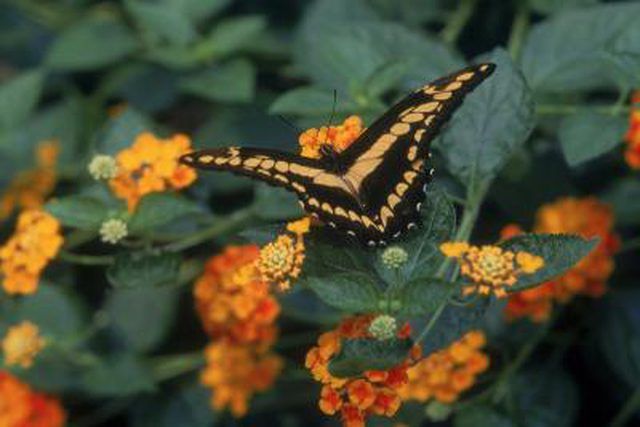Bulbs
Flower Basics
Flower Beds & Specialty Gardens
Flower Garden
Garden Furniture
Garden Gnomes
Garden Seeds
Garden Sheds
Garden Statues
Garden Tools & Supplies
Gardening Basics
Green & Organic
Groundcovers & Vines
Growing Annuals
Growing Basil
Growing Beans
Growing Berries
Growing Blueberries
Growing Cactus
Growing Corn
Growing Cotton
Growing Edibles
Growing Flowers
Growing Garlic
Growing Grapes
Growing Grass
Growing Herbs
Growing Jasmine
Growing Mint
Growing Mushrooms
Orchids
Growing Peanuts
Growing Perennials
Growing Plants
Growing Rosemary
Growing Roses
Growing Strawberries
Growing Sunflowers
Growing Thyme
Growing Tomatoes
Growing Tulips
Growing Vegetables
Herb Basics
Herb Garden
Indoor Growing
Landscaping Basics
Landscaping Patios
Landscaping Plants
Landscaping Shrubs
Landscaping Trees
Landscaping Walks & Pathways
Lawn Basics
Lawn Maintenance
Lawn Mowers
Lawn Ornaments
Lawn Planting
Lawn Tools
Outdoor Growing
Overall Landscape Planning
Pests, Weeds & Problems
Plant Basics
Rock Garden
Rose Garden
Shrubs
Soil
Specialty Gardens
Trees
Vegetable Garden
Yard Maintenance
How to Plant Lantana Seeds
How to Plant Lantana Seeds. Lantana, also called White Sage, is a tropical woody shrub that produces small clusters of tiny, colorful flowers in shades of pink, yellow, red, orange, purple and white. This perennial is evergreen in zones 9 and warmer but gardeners in cool climates can enjoy lantana shrubs as an annual or grow them in containers to...

Lantana, also called White Sage, is a tropical woody shrub that produces small clusters of tiny, colorful flowers in shades of pink, yellow, red, orange, purple and white. This perennial is evergreen in zones 9 and warmer but gardeners in cool climates can enjoy lantana shrubs as an annual or grow them in containers to be brought indoors during the winter. Lantana is a versatile and tolerant plant, perfect for growing as borders, ground cover, hanging baskets and containers and able to withstand drought, salty climates and poor soils. Though lantanaís scent is not particularly appealing to humans, the fragrance, along with the plantís berries and flowers, attracts butterflies, bees and hummingbirds. Sow lantana seeds in an area where you can enjoy watching these creatures fly to and from your plant.
Things You'll Need
Lantana seeds
Organic growing matter such as compost or sphagnum moss
Choose a partially-protected planting site with full sun such as the side of a house or fence for outdoor growing; indoor gardeners should choose a window with plenty of bright sunlight.
Wait until lantana seeds turn a purplish-black color before sowing; green seeds are not yet ready to be planted.
Soak lantana seeds in warm water for 24 hours before planting them.
Prepare the planting soil: lantana thrives in well-drained, peaty soil so add plenty of organic matter such as compost or sphagnum moss.
Sow seeds in the soil at a depth of 1/8-inch.
Water thoroughly after planting, and maintain average to slightly dry soil thereafter.
Expect seeds to germinate in about eight weeks.
Tips & Warnings
Lantana plants are hardy only in USDA zones 9 to 11 so gardeners in cooler climates can sow seeds in containers to protect them during the winter months or prepare to replant lantana every year if grown outdoors.
Deadhead wilted flowers to encourage more blooms.
A lantana plant that displays yellow leaves with brown edges is probably receiving too much water.
Lantana seeds and plants are poisonous so keep seeds safely out of the reach of children and pets and monitor their activity near established plants.